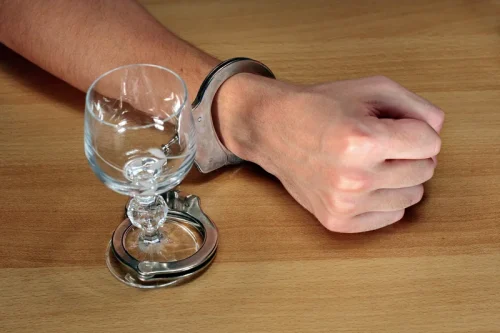06 Feb Physical Signs and Symptoms of Chronic Alcoholism

Heavy drinking can also lead to a host of health concerns, like brain damage, heart disease, cirrhosis of the liver and even certain kinds of cancer. Another complication is alcohol withdrawal syndrome, which may occur after you stop drinking and can cause symptoms such as nausea, shaking, and sweating. It can also lead to serious symptoms like seizures, fever, or hallucinations, and can be a medical emergency. But more recent research suggests there’s really no “safe” amount of alcohol since even moderate drinking can negatively impact brain health.

Long-term effects of alcohol misuse
- Alcohol misuse refers to single episodes during which you might drink excessively.
- Heavy drinking in and of itself doesn’t make someone an alcoholic.
- Others may realize something is wrongbut go to great lengths to hide their problem out of fear or shame.
- If you’re not consciously keeping track of the drinks you’ve chugged, it’s easy to go over these limits.
- It can also lead to mental health disorders such as depression, anxiety, and cognitive impairment.
Attempts to stop drinking can result in tremors or hallucinations, but therapy, detox, and rehab can help you get your life back. Blacking out from drinking too much is a warning sign of this stage, along with lying about drinking, drinking excessively, and thinking obsessively about drinking. Alcoholism was identified in 1956 as an illness by the American Medical Association (AMA).
Behavioral symptoms of excessive drinking
Others may realize something is wrongbut go to great lengths to hide their problem out of fear or shame. ” self-assessment below if you think you or someone you love might be struggling with an alcohol use disorder (AUD). The evaluation consists of 11 yes or no questions that are intended to be used as an informational tool to assess the severity and probability of an AUD.
Other risks

These are physical responses to psychological issues caused by alcohol abuse. Certain physical signs and symptoms might indicate that you’ve developed alcoholic physical appearance an alcohol addiction. Symptoms of alcoholism vary, but in this piece we’ll focus on some of the physical signs of alcohol dependence.
- Additionally, strained relationships, legal issues, and deterioration in overall health are common in this stage.
- Hence, consuming alcohol as your primary source of fuel will lead to poor nutrition and weight loss.
At the end of the day, the signs and symptoms of alcoholism may differ depending on thestage of alcoholism and thetype of alcoholic. But a good indicator of an alcohol addiction is when something is “out of whack” in your life,according to Dr. George Koob, director of the National Institute on Alcohol Abuse and Alcoholism. Unexplained bruises and frequent injuries can be physical signs of alcoholism. Alcohol impairs coordination and judgment, increasing the risk of accidents and falls. Individuals struggling with alcoholism may experience frequent injuries due to impaired motor skills and impaired decision-making abilities while under the influence.
Treatment and Medication Options for Alcohol Use Disorder
The definition of AUD also includes the impact that such drinking has on your health and life. Drinking alcohol too much or too often, or being unable to control alcohol consumption, can be a sign of alcohol misuse and, in some cases, alcohol use disorder (AUD). People who drink heavily or binge drink may find that their alcohol use has come to cause problems in their lives.
- See your doctor if you begin to engage in behaviors that are signs of alcohol use disorder or if you think that you may have a problem with alcohol.
- Alcohol use can factor into mental health symptoms that closely resemble those of other mental health conditions.
- Alcoholism may also cause inflammation in the pancreas, also known as pancreatitis.
- Can you think of more than a few times when you came to work with a hangover, missed deadlines, or got behind on schoolwork because of your drinking?
Health Categories to Explore




No Comments